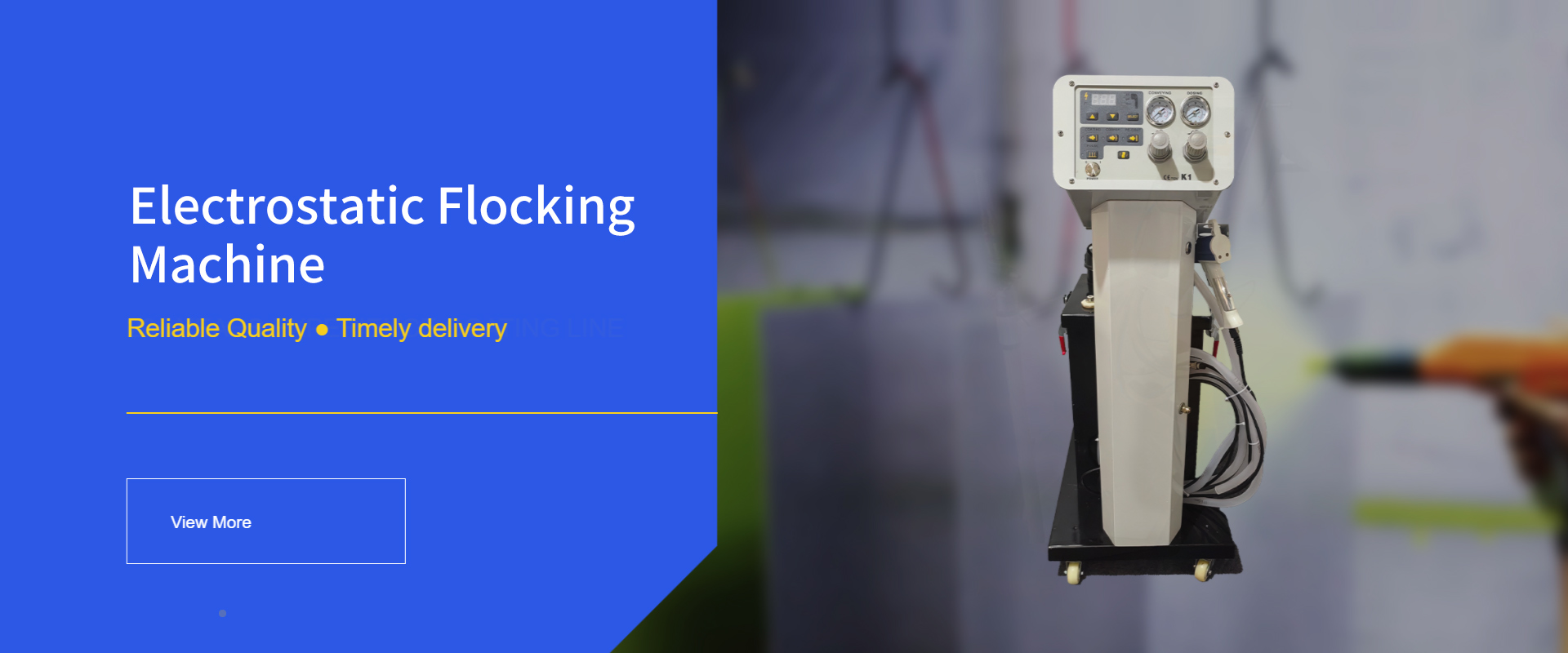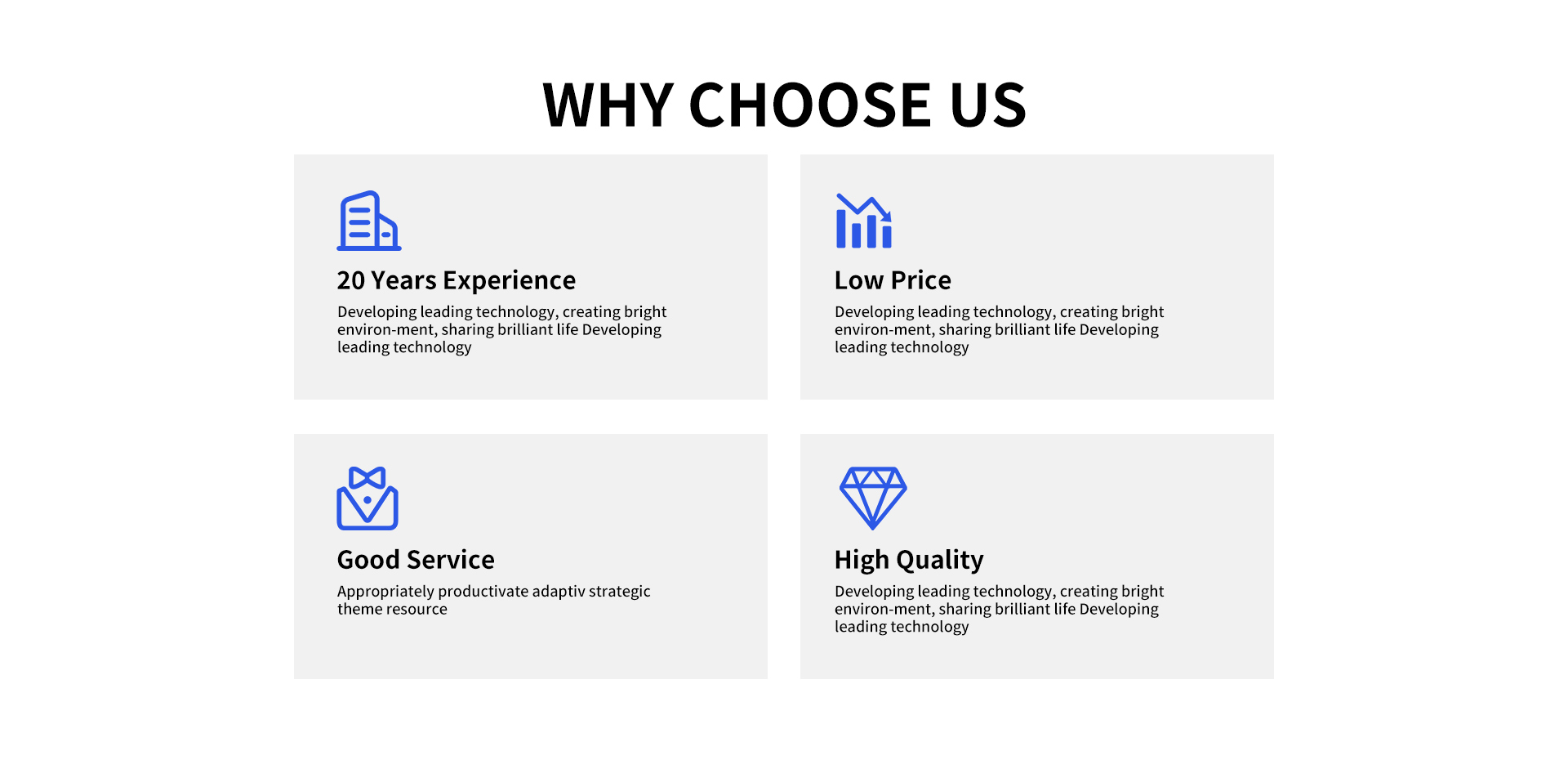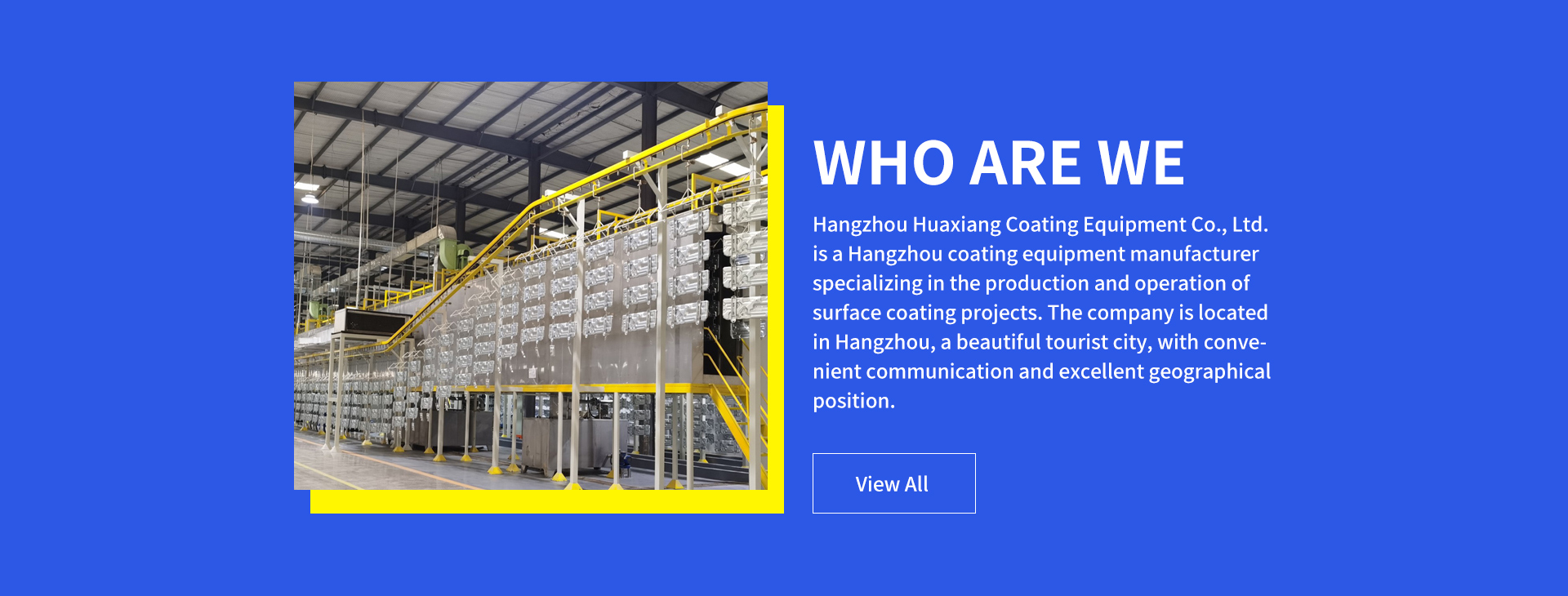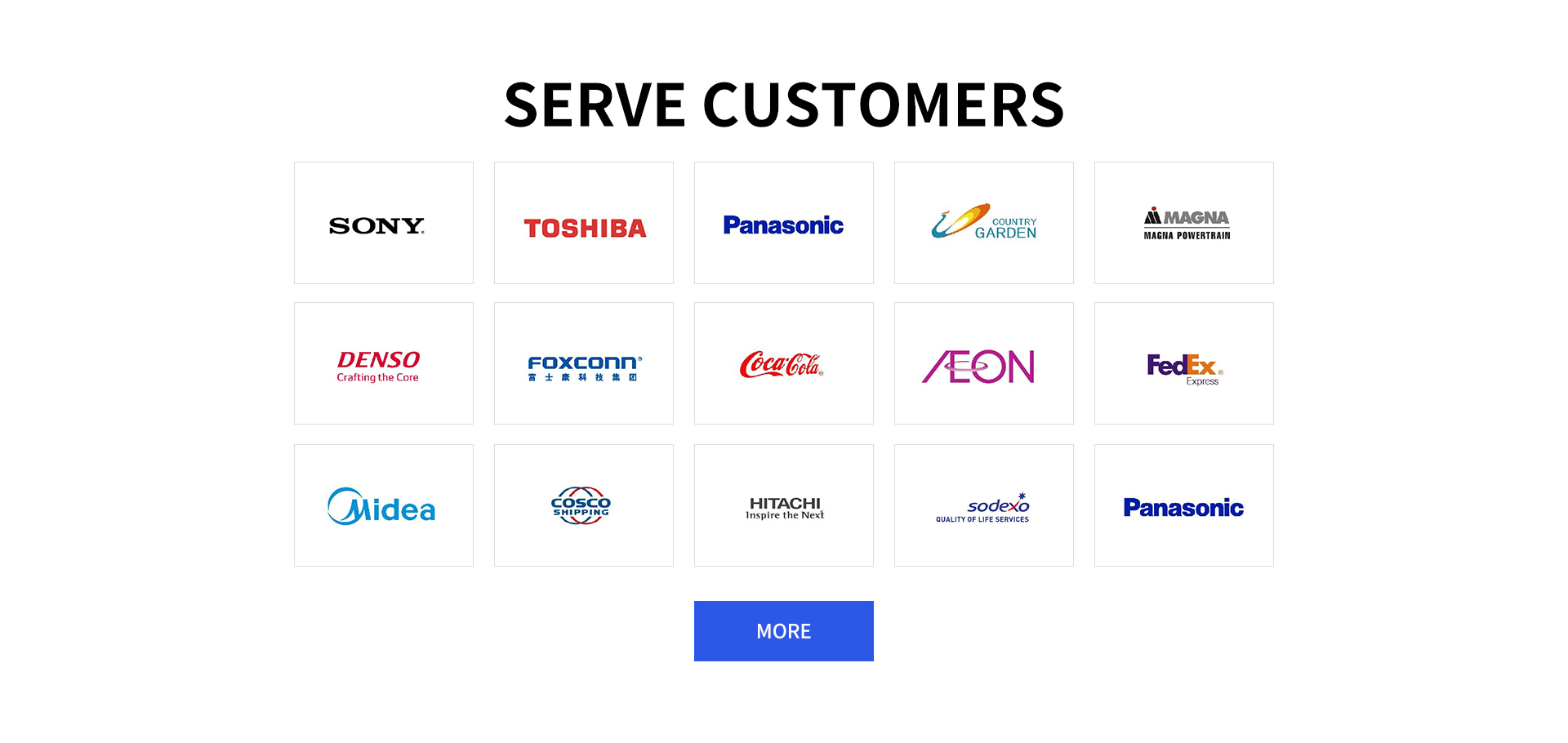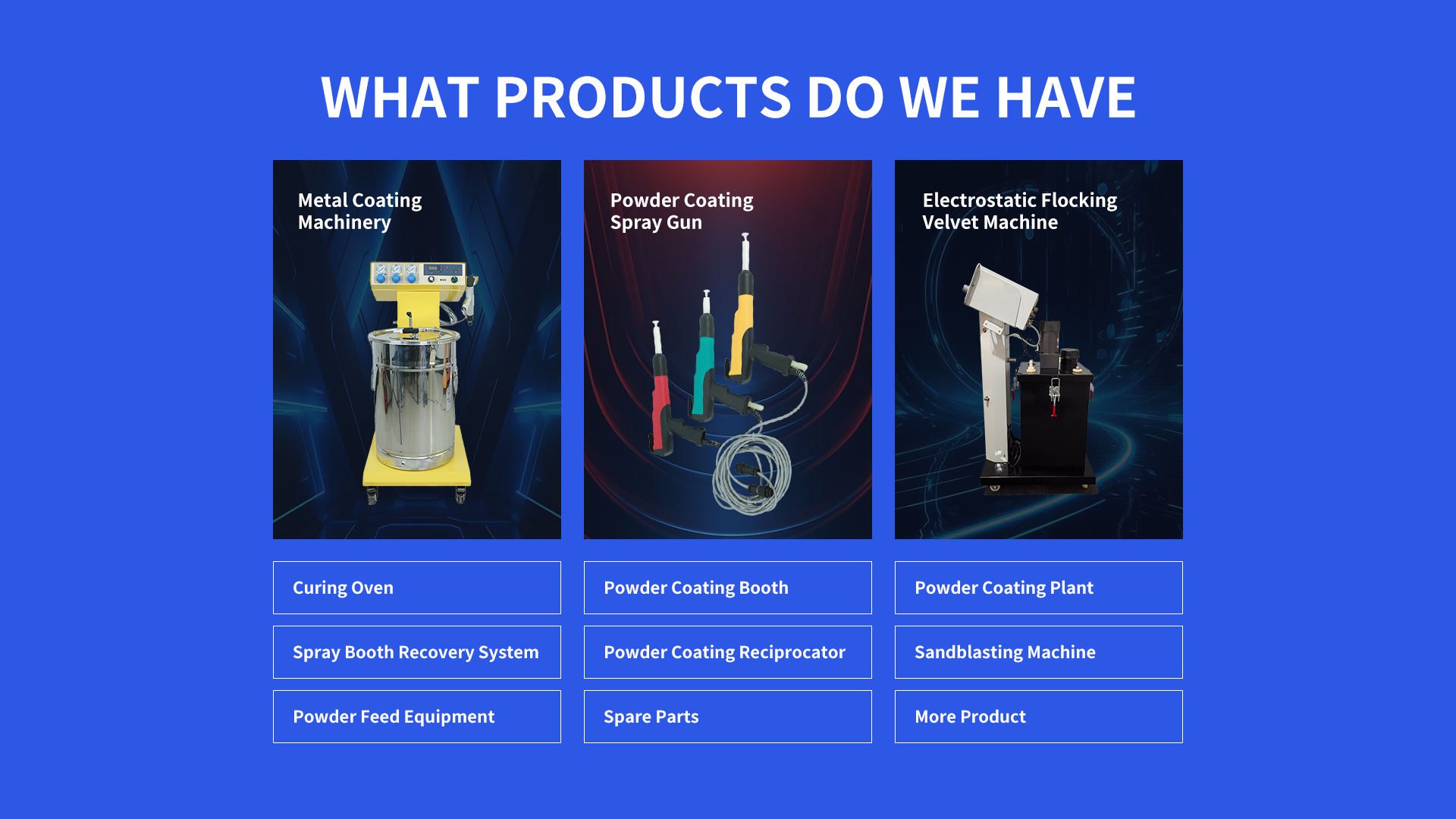Powder Coating Oven Gas Burners are critical components in industrial curing systems, providing efficient and uniform heat for polymer powder fusion. These burners use natural gas or propane to generate precise temperatures, ensuring durable, high-quality finishes. Designed for energy efficiency and durability, modern gas burners feature advanced combustion controls, safety mechanisms, and compatibility with various oven sizes. Their adaptability makes them ideal for automotive, aerospace, and manufacturing industries, where consistent curing is essential.

1. Powder Coating Oven Gas Burner Components and Structure
A Powder Coating Oven Gas Burner comprises a combustion chamber, ignition system, fuel nozzles, and temperature sensors. The combustion chamber mixes gas with air for optimal burning, while the ignition system ensures reliable startup. Temperature sensors and programmable controllers maintain heat consistency, critical for curing uniformity. Heat exchangers or radiant tubes transfer thermal energy to the oven, minimizing direct flame exposure. High-quality materials like stainless steel ensure longevity, even under continuous operation.
2. Applications of Powder Coating Oven Gas Burners
These Powder Coating Oven Gas Burners are widely used in industries requiring robust surface finishes. Automotive manufacturers rely on them for coating car parts, while furniture producers cure decorative items. Aerospace sectors use gas burners for coating aircraft components, ensuring resistance to extreme conditions. Smaller workshops utilize compact burners for metal fixtures or machinery parts. Their rapid heating and precise temperature control also benefit high-volume production lines.
3. Design Considerations for Powder Coating Oven Gas Burners
Safety and efficiency are paramount in burner design. Combustion efficiency depends on air-to-fuel ratios, which impact energy costs and emissions. Compliance with environmental regulations requires integrating emission-reduction technologies. Safety features like flame failure detection and automatic shutoff prevent accidents. Engineers must also optimize burner placement to ensure even heat distribution, avoiding overcured or undercured zones.
4. How to Choose the Right Powder Coating Oven Gas Burner
Selecting a Powder Coating Oven Gas Burner involves evaluating oven size, production volume, and fuel type. High-capacity ovens need burners with larger BTU outputs, while smaller setups benefit from modular designs. Opt for models with energy-saving modes to reduce operational costs. Verify certifications (e.g., CE or UL) to ensure safety compliance. Customizable controls, such as touchscreen interfaces, enhance usability for diverse curing profiles.
5. Q&A on Powder Coating Oven Gas Burner Devices
Q: How often should gas burners undergo maintenance?
A: Schedule inspections every 3–6 months to clean nozzles and check ignition systems, ensuring gas burner efficiency and safety.
Q: Can these burners integrate with existing ovens?
A: Yes, most models offer retrofit options, but confirm compatibility with oven dimensions and ventilation.
Q: What safety standards apply to powder coating burners?
A: Look for NFPA 86 compliance, which covers safety features like flame supervision and exhaust monitoring.
Q: Do gas burners support temperature profiling?
A: Advanced units include programmable controllers for multi-stage temperature uniformity during curing.
Q: How to troubleshoot uneven heating?
A: Check airflow balance and burner alignment, or consult installation guidelines to optimize heat distribution.
Disclaimer: Enhance your coating process with advanced electrostatic powder coating machines, precision powder coating spray guns, comprehensive powder coating systems, and efficient powder coating lines from Hangzhou Huaxiang Coating Equipment Co., Ltd. Designed for reliability and high-quality finishes, our solutions meet all your industrial powder coating machine needs. Contact us at sale3@cncolourspray.com

